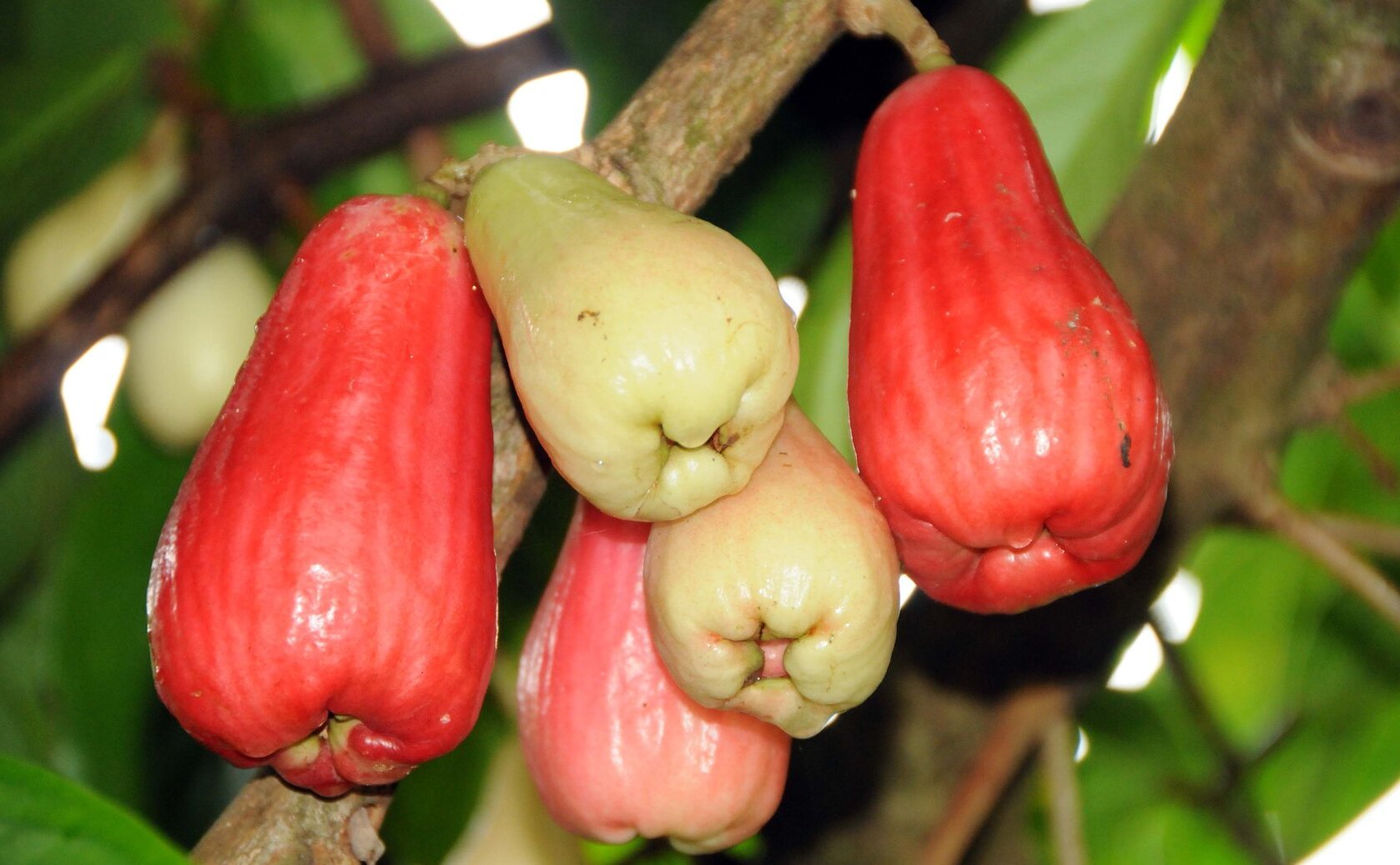
What is a Pomeranian? This tiny, fluffy dog breed, often seen as a pint-sized lion, is known for its vibrant personality and luxurious coat. Originating from the Pomerania region in Europe, these dogs were once much larger and used for herding. Over time, they were bred down to the small size we know today. Pomeranians are incredibly intelligent, making them easy to train, though their bold nature can sometimes lead to stubbornness. They thrive on attention and love being the center of the household. Despite their small stature, Pomeranians have a big bark, often acting as vigilant watchdogs. Their playful and affectionate demeanor makes them a favorite among dog lovers.
What is Pomerac?
Pomerac, also known as Malay apple, is a tropical fruit that boasts a unique flavor and numerous health benefits. Native to Southeast Asia, this fruit has made its way into various cuisines and cultures around the world. Let's dive into some fascinating facts about Pomerac.
-
Scientific Name: The scientific name for Pomerac is Syzygium malaccense.
-
Other Names: Besides Malay apple, it's also called Otaheite apple, mountain apple, and rose apple.
-
Appearance: Pomerac fruits are usually red or pink, with a shiny, waxy skin.
-
Shape and Size: They resemble small pears or apples, typically measuring 5-10 cm in length.
-
Taste: The taste is a mix of sweet and slightly tart, often compared to a blend of apple and watermelon.
-
Texture: The flesh is crisp and juicy, making it a refreshing snack.
Nutritional Benefits of Pomerac
Pomerac isn't just tasty; it's also packed with nutrients that can benefit your health in various ways.
-
Rich in Vitamin C: One serving provides a significant amount of Vitamin C, which boosts the immune system.
-
Low in Calories: A 100-gram serving contains only about 25 calories, making it a great option for weight management.
-
High in Fiber: The fruit is rich in dietary fiber, aiding in digestion and promoting gut health.
-
Antioxidants: Pomerac contains antioxidants that help fight free radicals in the body.
-
Hydration: With a high water content, it helps keep you hydrated, especially in hot climates.
Cultural Significance
Pomerac holds a special place in various cultures, often featured in traditional dishes and ceremonies.
-
Hawaiian Cuisine: In Hawaii, it's used in salads, desserts, and even as a garnish for cocktails.
-
Caribbean Delicacies: In the Caribbean, Pomerac is often eaten fresh or used to make jams and jellies.
-
Southeast Asian Traditions: In countries like Malaysia and Indonesia, it's a common ingredient in fruit salads and pickles.
-
Medicinal Uses: Traditional medicine in some cultures uses Pomerac to treat ailments like diarrhea and fever.
Growing Pomerac
Interested in growing your own Pomerac? Here are some facts about its cultivation.
-
Climate: Pomerac thrives in tropical and subtropical climates.
-
Soil: It prefers well-drained soil rich in organic matter.
-
Watering: Regular watering is essential, especially during dry spells.
-
Propagation: The fruit is usually propagated through seeds, but grafting is also common.
-
Harvesting: Fruits are typically ready for harvest 3-4 months after flowering.
Fun Facts
Here are some quirky and lesser-known facts about Pomerac that might surprise you.
-
Edible Flowers: The flowers of the Pomerac tree are also edible and can be used in salads.
-
Natural Dye: The red skin can be used as a natural dye for fabrics.
-
Wood Uses: The wood from the Pomerac tree is often used in carpentry and for making furniture.
-
Bee Attraction: The flowers are known to attract bees, making them great for pollination.
-
Bird Magnet: Birds love the fruit, often helping in seed dispersal.
Health Benefits
Beyond basic nutrition, Pomerac offers several health benefits that make it a superfruit.
-
Anti-Inflammatory: Compounds in Pomerac have anti-inflammatory properties.
-
Heart Health: The fruit helps in lowering cholesterol levels, promoting heart health.
-
Blood Sugar Control: It has a low glycemic index, making it suitable for diabetics.
-
Skin Health: Antioxidants in Pomerac contribute to healthier, glowing skin.
-
Bone Strength: Minerals like calcium and phosphorus in the fruit help strengthen bones.
Culinary Uses
Pomerac is versatile in the kitchen, lending itself to a variety of dishes.
-
Salads: Adds a refreshing crunch to fruit and vegetable salads.
-
Smoothies: Blends well with other fruits for a nutritious smoothie.
-
Desserts: Can be used in pies, tarts, and even ice creams.
-
Pickles: In some cultures, it's pickled with spices for a tangy treat.
The Final Scoop on Pomeranians
Pomeranians are more than just cute faces. These little dogs pack a punch with their big personalities, intelligence, and loyalty. They’re descendants of large sled dogs, yet they fit perfectly in your lap. Their double coat needs regular grooming, but it’s worth it for that fluffy look. Poms are great for families, singles, and seniors alike. They’re active, love to play, and can be trained to do tricks. Just be mindful of their health issues like dental problems and luxating patellas. With proper care, a Pomeranian can be a loving companion for up to 16 years. Whether you’re a dog lover or just curious, knowing these facts helps you appreciate these spunky little dogs even more. So, if you’re considering adding a Pom to your family, you’re in for a delightful experience.
Was this page helpful?
Our commitment to delivering trustworthy and engaging content is at the heart of what we do. Each fact on our site is contributed by real users like you, bringing a wealth of diverse insights and information. To ensure the highest standards of accuracy and reliability, our dedicated editors meticulously review each submission. This process guarantees that the facts we share are not only fascinating but also credible. Trust in our commitment to quality and authenticity as you explore and learn with us.
